For decades, hip hop poetry has been a powerful force in shaping culture, sparking conversations, and pushing boundaries. This unique fusion of music, spoken word, and lyrical dexterity has captivated audiences worldwide, inspiring countless artists to explore its creative possibilities. From the streets of New York City to the global stages of today, hip hop poetry has evolved into a distinct literary genre, one that blends the raw energy of hip hop with the timeless beauty of classic poetry.
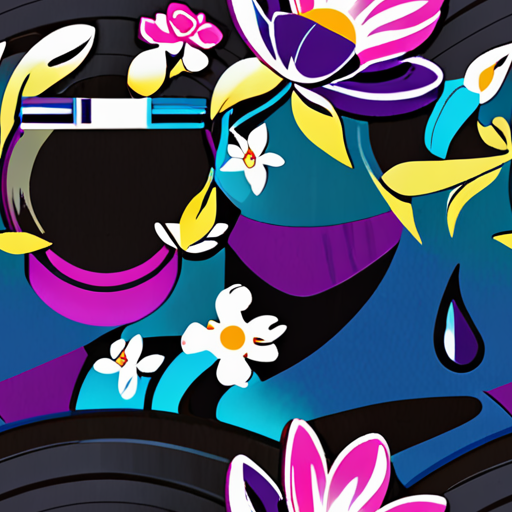
The Structure of a Hip-Hop Poem
A hip-hop poem typically consists of several key components, which work together to convey the poet’s message and emotions.
- Stanzas and Verses
- Rhyme Scheme
- Meter and Cadence
- Lyrical Content
- Beat and Music
In hip-hop, a stanza is commonly referred to as a verse. A verse can vary in length, but it usually consists of 16 bars, divided into four sections of four bars each.
The rhyme scheme in hip-hop poetry is often complex, with multiple rhymes occurring within a single verse. This creates a sense of musicality and adds to the overall impact of the poem.
The meter and cadence of a hip-hop poem are crucial in conveying the poet’s emotions and message. The use of enjambment, caesura, and other poetic devices helps to create a sense of rhythm and flow.
The lyrics of a hip-hop poem are often personal and reflective, addressing themes such as social justice, love, and self-discovery. The use of storytelling and vivid imagery helps to engage the listener and convey the poet’s message.
The beat and music accompanying a hip-hop poem are essential in setting the mood and atmosphere. The use of samples, drum machines, and other instruments helps to create a unique sound and style.
Overall, the structure of a hip-hop poem is characterized by its use of stanzas, rhyme schemes, meter, and lyrical content, all working together to convey the poet’s message and emotions.
Key Features of Hip-Hop Poetry
- Social Commentary
- Personal Reflection
- Cultural Identity
- Storytelling
Hip-hop poetry often addresses social issues such as racism, inequality, and police brutality.
Hip-hop poetry frequently explores themes of love, loss, and self-discovery.
Hip-hop poetry often celebrates African American culture and heritage.
Hip-hop poetry uses narrative techniques to tell stories and convey messages.
By understanding the structure and key features of hip-hop poetry, we can appreciate the complexity and beauty of this unique art form.
Rap Songs Considered Poetry
We’re often asked what makes a rap song poetic, and the answer lies in its ability to evoke emotions, tell stories, and paint vivid pictures with words.
- The Notorious B.I.G.’s “The Story of My Life” is a classic example of storytelling through rap, weaving together a narrative that’s both personal and relatable.
- Jay-Z’s “The Blueprint” is a masterclass in lyrical complexity, with intricate rhyme schemes and clever wordplay that elevate the song to a level of literary sophistication.
- Kendrick Lamar’s “good kid, m.A.A.d city” is a powerful exploration of growing up in Compton, tackling themes of poverty, violence, and redemption with unflinching honesty.
- Nas’s “Illmatic” is a poetic masterpiece, with lyrics that are both deeply personal and universally relatable, painting a picture of life in Queensbridge that’s both beautiful and brutal.
- Tupac Shakur’s “Dear Mama” is a heartfelt tribute to his mother, exploring themes of love, loss, and redemption with a lyricism that’s both raw and refined.
These songs demonstrate the power of rap to transcend its genre boundaries and become something greater – poetry.
Characteristics of Poetic Rap Songs
So what sets these songs apart? Here are some characteristics that contribute to their poetic nature:
- Lyrical complexity**: Poetic rap songs often feature intricate rhyme schemes, metaphors, and wordplay that elevate the lyrics to a level of literary sophistication.
- Storytelling**: Many poetic rap songs tell stories that are both personal and relatable, drawing listeners in with vivid descriptions and emotional resonance.
- Imagery**: Poetic rap songs often paint vivid pictures with words, using sensory details to bring the listener into the world of the song.
- Emotional resonance**: Poetic rap songs often tap into universal human emotions, making them relatable and impactful.
Conclusion
In conclusion, poetic rap songs are those that use language in a way that transcends the genre, evoking emotions, telling stories, and painting vivid pictures with words.
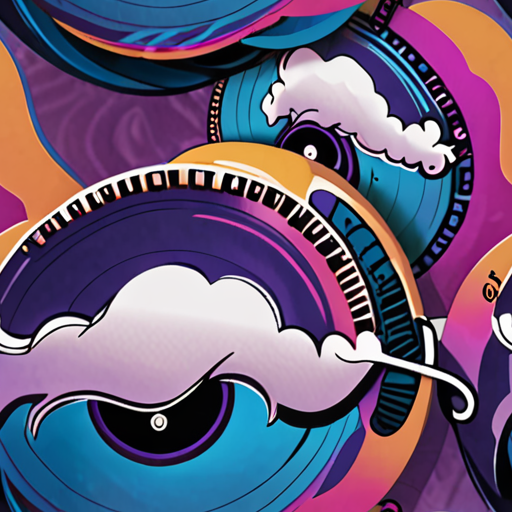
Why Hiphop is a Form of Poetry
Hiphop is a multifaceted art form that encompasses various creative expressions, including music, dance, visual arts, and literature.
- Rap music, a core component of hiphop, shares many similarities with traditional forms of poetry, such as rhythm, rhyme, and vivid imagery.
- The delivery of lyrics in rap music often conveys emotions, tells stories, or comments on social issues, much like poetry does.
- Hiphop’s lyrical complexity and use of metaphors, similes, and other literary devices demonstrate its poetic nature.
- The genre’s emphasis on storytelling and narrative structure further solidifies its connection to poetry.
In addition to its musical aspects, hiphop has also evolved into a visual art form, with graffiti and street art becoming integral parts of the culture.
- Graffiti and street art often incorporate poetic elements, such as symbolism, metaphor, and wordplay, to convey messages and express emotions.
- The use of language and imagery in these visual forms of expression demonstrates a deep understanding of poetic principles.
- Hiphop’s fusion of music, dance, and visual arts creates a rich tapestry of creative expression that rivals traditional forms of poetry.
- This diversity of artistic expression allows hiphop to tackle complex themes and issues, making it a powerful tool for social commentary and critique.
As a result, hiphop can be seen as a unique and innovative form of poetry that pushes the boundaries of traditional forms of expression.
The Evolution of Hiphop as Poetry
Over time, hiphop has continued to evolve and mature as a form of poetry, incorporating new styles, themes, and techniques.
- The rise of conscious rap and socially aware lyrics has brought hiphop closer to traditional forms of poetry, which often focus on storytelling and social commentary.
- The increasing popularity of spoken word and slam poetry has also blurred the lines between hiphop and traditional forms of poetry, highlighting the shared emphasis on performance and audience engagement.
- Hiphop’s influence on mainstream culture has led to increased recognition and respect for the genre as a legitimate form of poetry.
- As hiphop continues to evolve, it is likely to remain a vital and dynamic force in the world of poetry, pushing the boundaries of what is possible and inspiring new generations of artists and writers.
The Future of Hiphop as Poetry
As hiphop continues to grow and evolve, it is essential to recognize its place within the broader landscape of poetry and creative expression.
- Hiphop’s unique blend of music, dance, and visual arts makes it an ideal platform for exploring complex themes and issues.
- The genre’s emphasis on community and social engagement highlights its potential as a tool for social change and activism.
- Hiphop’s influence on popular culture has paved the way for greater recognition and respect for the genre as a legitimate form of poetry.
- As hiphop continues to push the boundaries of what is possible, it is likely to remain a vital and dynamic force in the world of poetry, inspiring new generations of artists and writers.

Rap Poem Definition
A rap poem is a style of poetry that combines elements of spoken word, music, and lyrical verse to convey emotions, tell stories, and express thoughts. This unique fusion of artistic forms has its roots in West African storytelling traditions, where artists would share tales through a combination of poetry and music. Over time, this creative approach to narrative verses has evolved and been influenced by various genres of music, ultimately giving rise to the modern rap poem.
Origins of Rap Poetry
Rap poetry dates back to ancient West African oral traditions, where griots would recite epic poems and stories to entertain and educate audiences. These early forms of rap poetry were often accompanied by music, dance, and other performances, showcasing the rich cultural heritage of Africa. As African cultures interacted with European and American influences, rap poetry began to evolve, incorporating new rhythms, rhymes, and themes.
Characteristics of Rap Poetry
Rap poetry is characterized by its use of:
- Socially conscious lyrics
- Storytelling and narrative verse
- Experimentation with language and rhythm
- Emphasis on emotional expression and authenticity
- Blending of traditional and contemporary styles
Examples of Rap Poetry
Some notable examples of rap poetry include:
- The works of Gil Scott-Heron, who blended social commentary with poetic verse
- The spoken word performances of Saul Williams, known for his powerful and emotive delivery
- The hip-hop infused poetry of Taylor Mali, who uses rap to explore themes of identity and community
Conclusion
Rap poetry is a dynamic and expressive art form that continues to evolve and push boundaries. By combining elements of spoken word, music, and lyrical verse, rap poets create unique and powerful works that reflect the complexities of human experience. Whether performed live or recorded, rap poetry remains a vital part of contemporary culture, inspiring new generations of artists and audiences alike.
Starting a Rap Poem
I’m excited to share my knowledge on how to start a rap poem.
- Develop Your Concept
- Create a Strong Hook
- Establish Your Flow
- Use Powerful Imagery
- Experiment with Metaphor and Simile
- Edit and Refine Your Work
Determine the theme, tone, and style of your rap poem. Consider what message you want to convey and what emotions you want to evoke in your listeners.
A hook is a short, memorable phrase that grabs the listener’s attention and draws them into your poem. It can be a rhyme, a slogan, or a powerful statement that sets the tone for the rest of your poem.
Your flow refers to the rhythm and cadence of your words. Practice reciting your poem out loud to develop a smooth, consistent flow that complements your lyrics.
Rap poetry often relies heavily on vivid imagery to paint a picture in the listener’s mind. Use descriptive language to bring your words to life and engage your audience.
Metaphors and similes can add depth and complexity to your lyrics, making them more interesting and relatable. Experiment with different comparisons to find the ones that work best for your poem.
Once you’ve written your rap poem, take the time to edit and refine it. Read it aloud, make revisions, and proofread for errors to ensure your final product is polished and professional.
Remember, starting a rap poem takes time and practice. Don’t be afraid to experiment and try new things – it’s all part of the creative process!
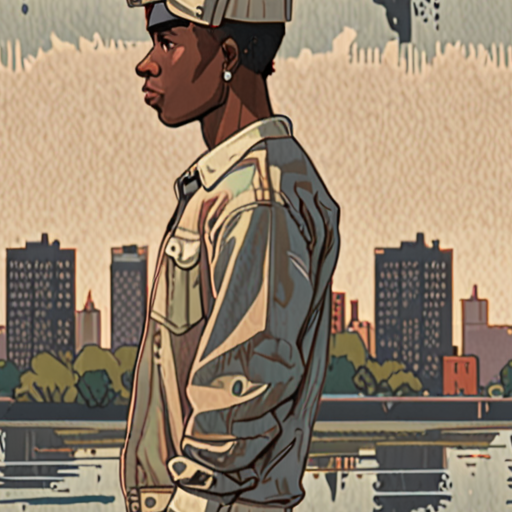
Is Kendrick Lamar a Poet?
Kendrick Lamar is often regarded as one of the most innovative and influential figures in contemporary hip-hop.
- His lyrics frequently incorporate storytelling, social commentary, and personal reflection, which are hallmarks of poetic expression.
- Lamar’s use of language is characterized by vivid imagery, complex metaphors, and nuanced exploration of themes such as racism, identity, and redemption.
- He has cited influences ranging from Tupac Shakur to Langston Hughes, underscoring his deep appreciation for the literary traditions that have shaped American culture.
In addition to his musical output, Lamar has also explored the realm of visual art, collaborating with artists and designers to create immersive installations and exhibitions that further blur the boundaries between music, poetry, and performance.
While some may argue that Lamar’s primary medium is music, his work consistently demonstrates a profound understanding of the poet’s role as a chronicler of the human experience, a weaver of narratives, and a catalyst for social change.
Ultimately, whether or not one considers Kendrick Lamar a “poet” in the classical sense, his contributions to the cultural landscape are undeniable, and his influence will continue to shape the course of hip-hop and beyond for years to come.
Conclusion:
Kendrick Lamar’s innovative approach to lyrical composition, coupled with his commitment to exploring the complexities of the human condition, solidifies his position as a masterful storyteller and a vital force in contemporary culture.
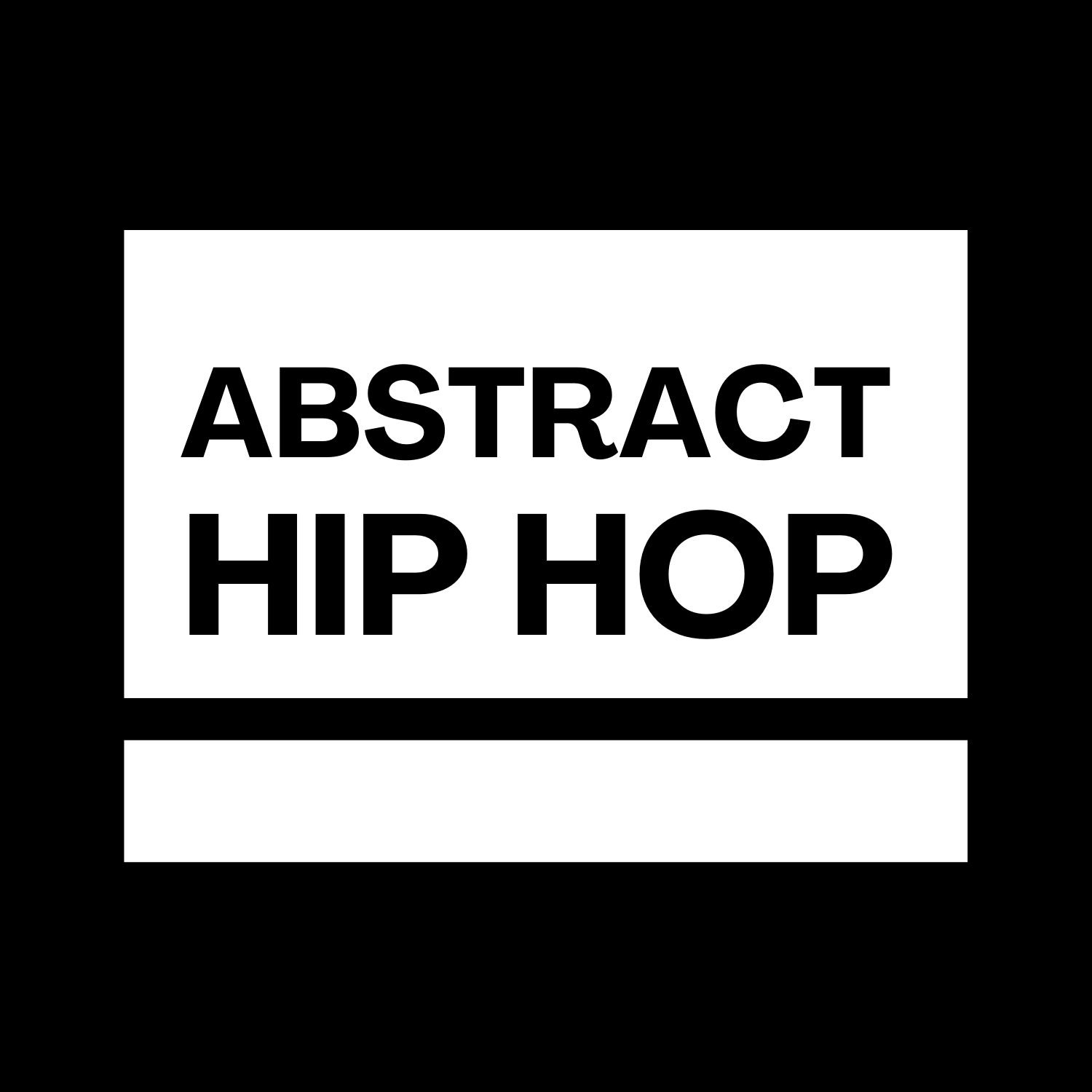
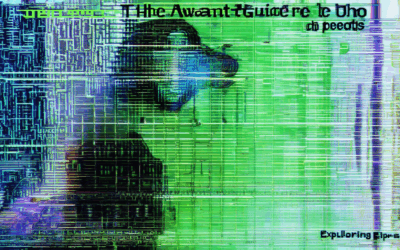


0 Comments